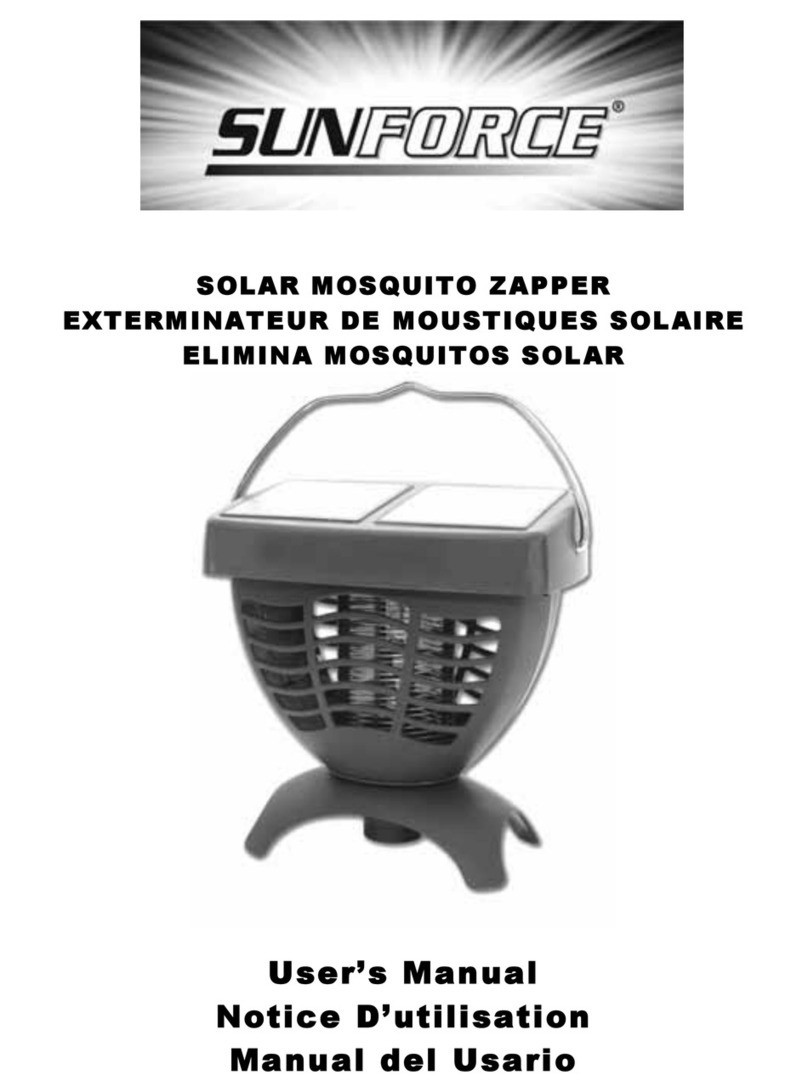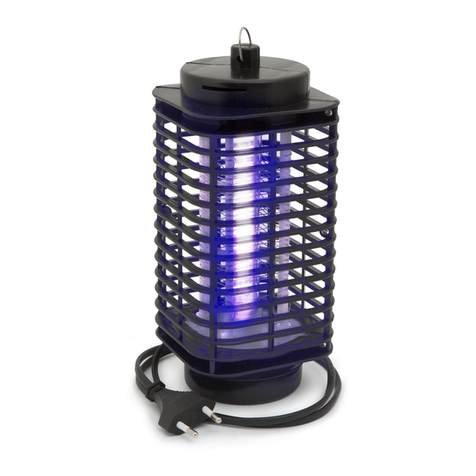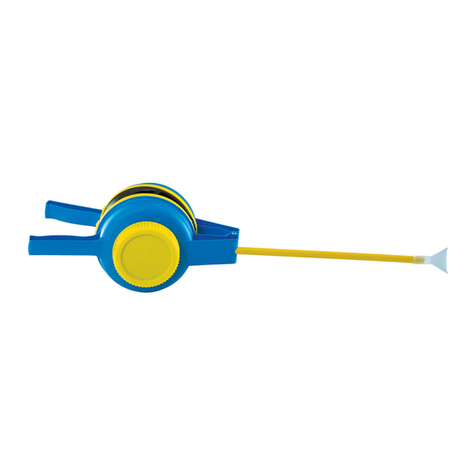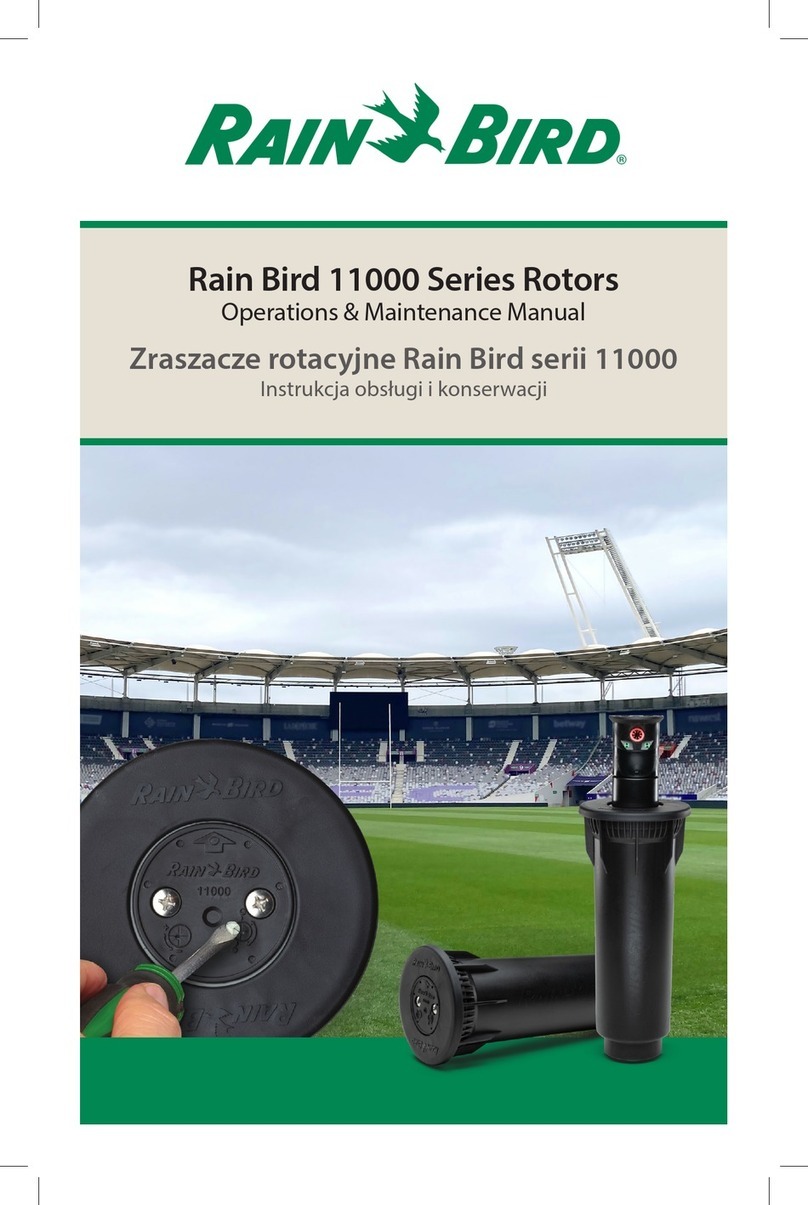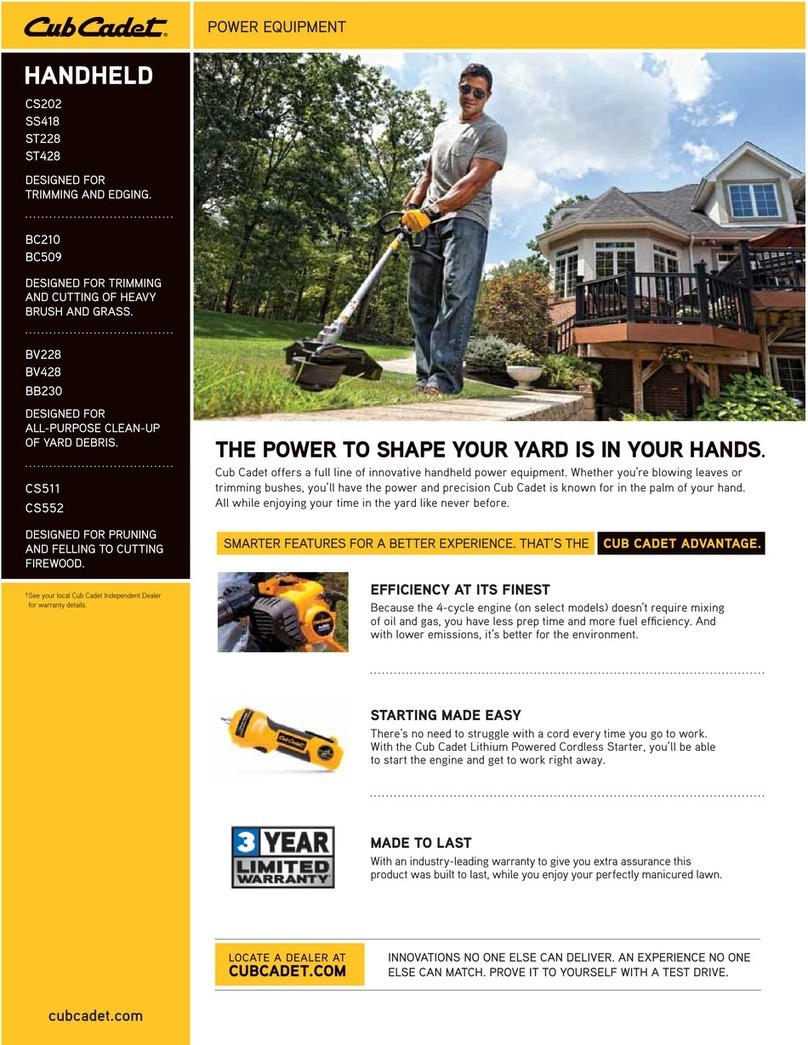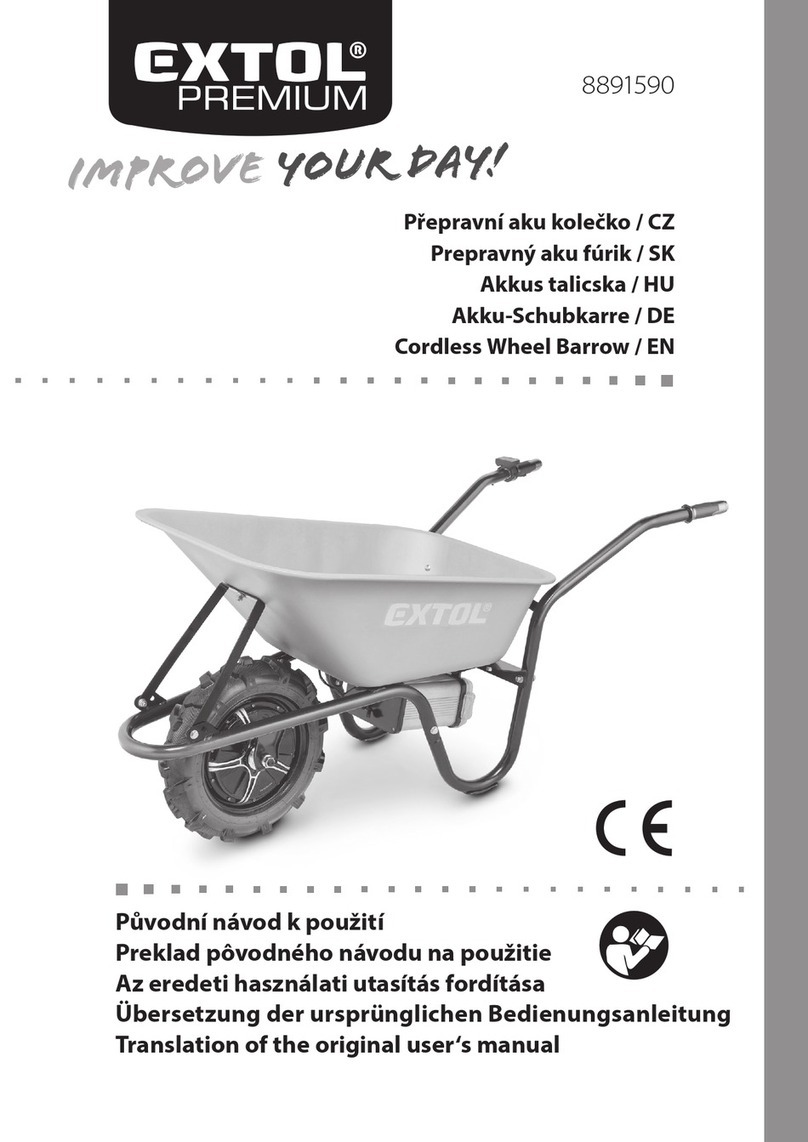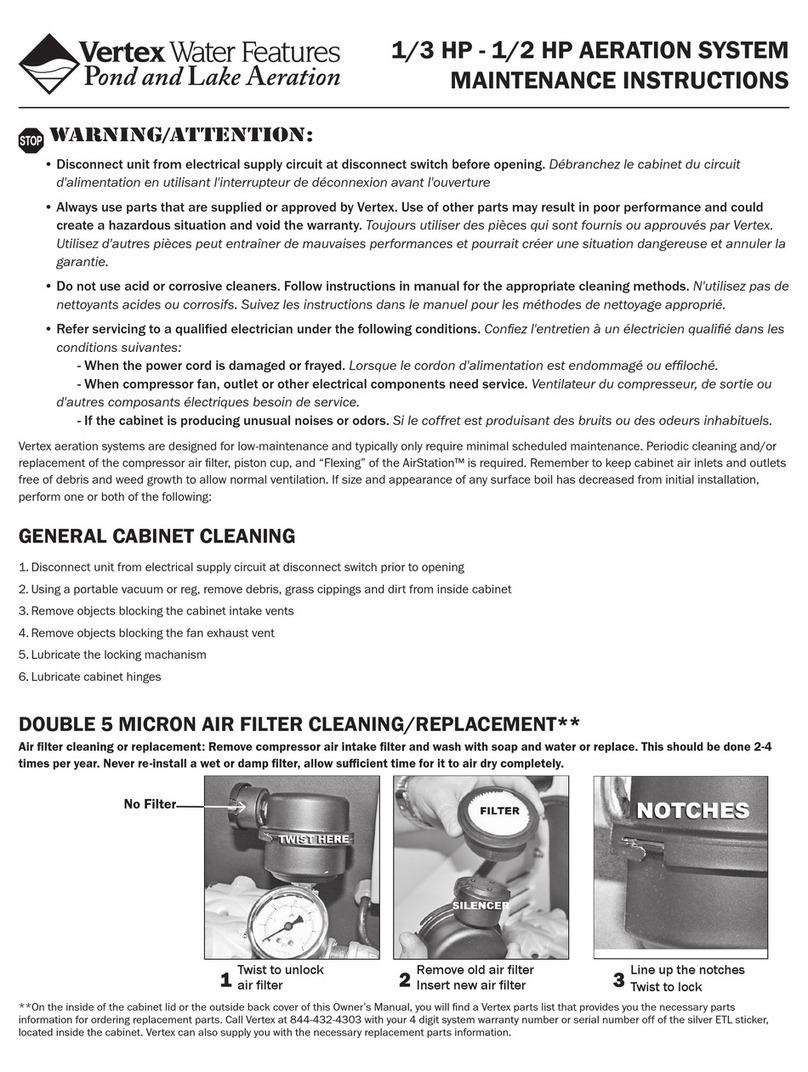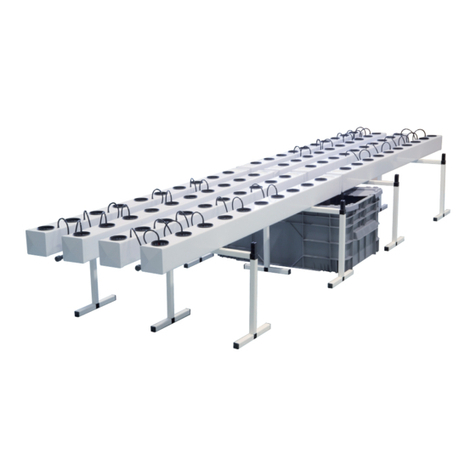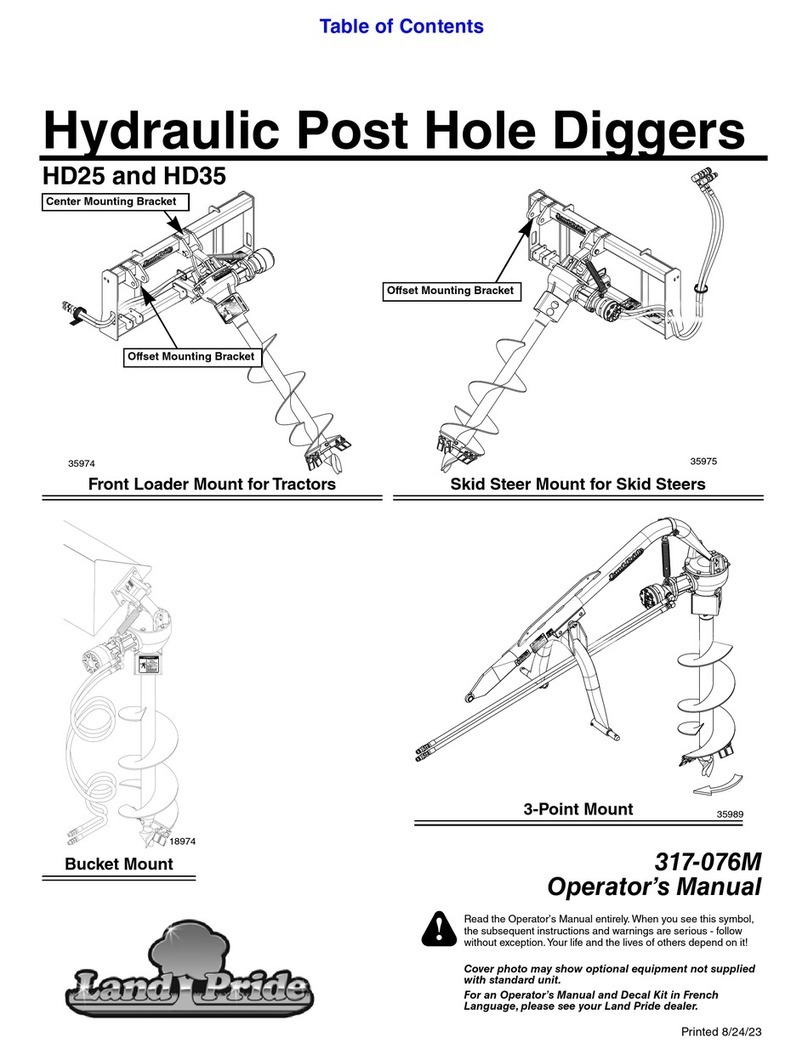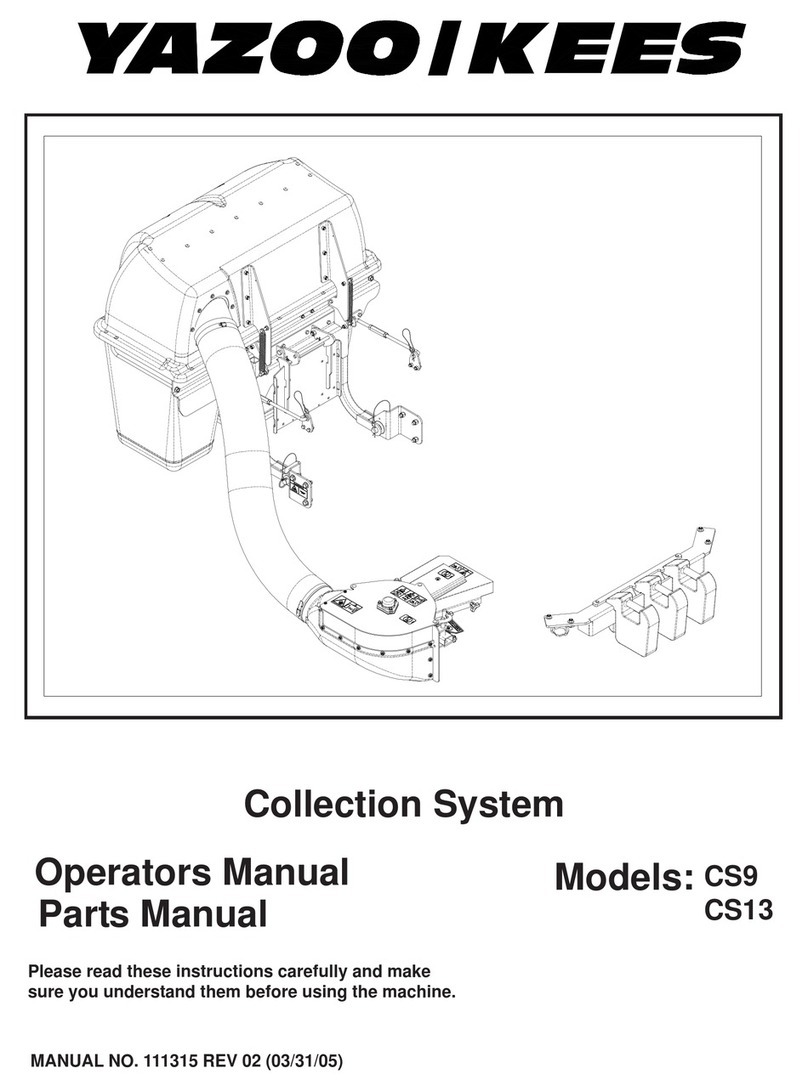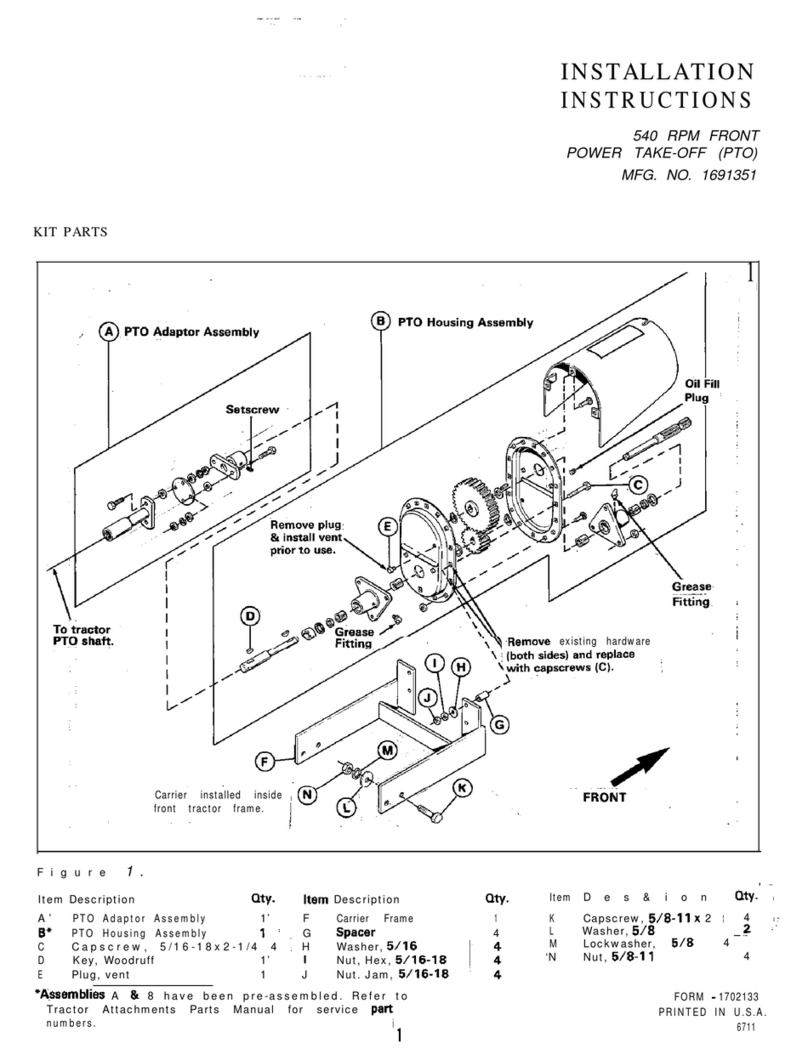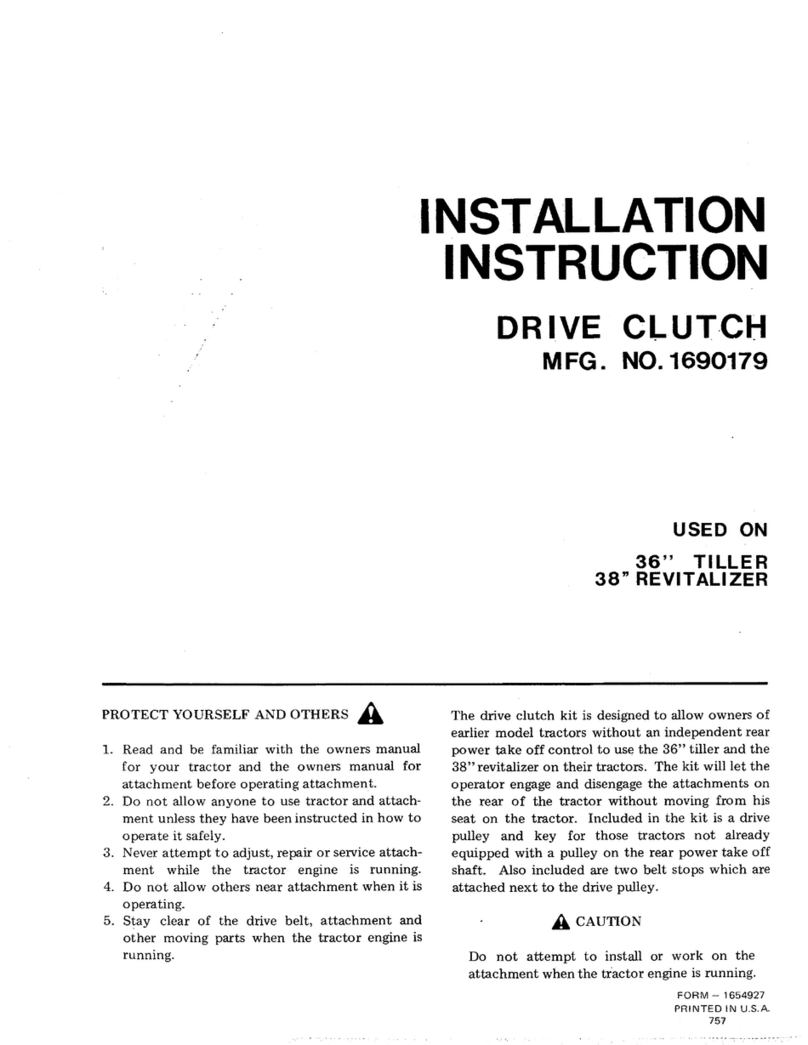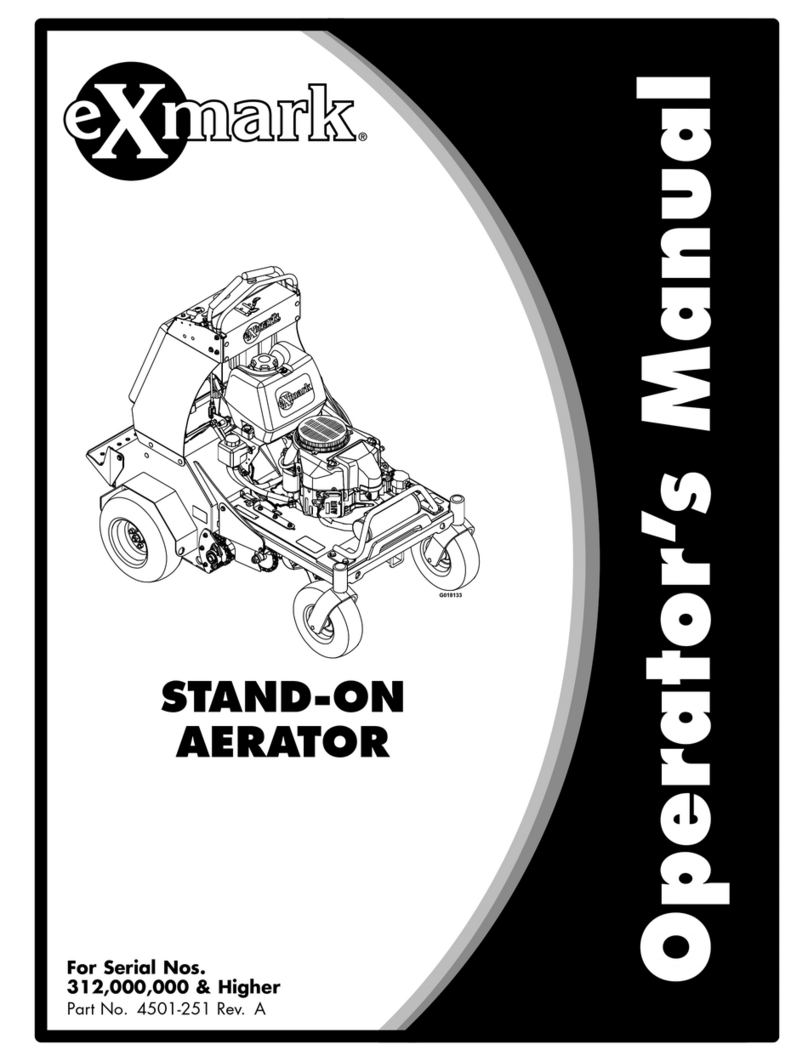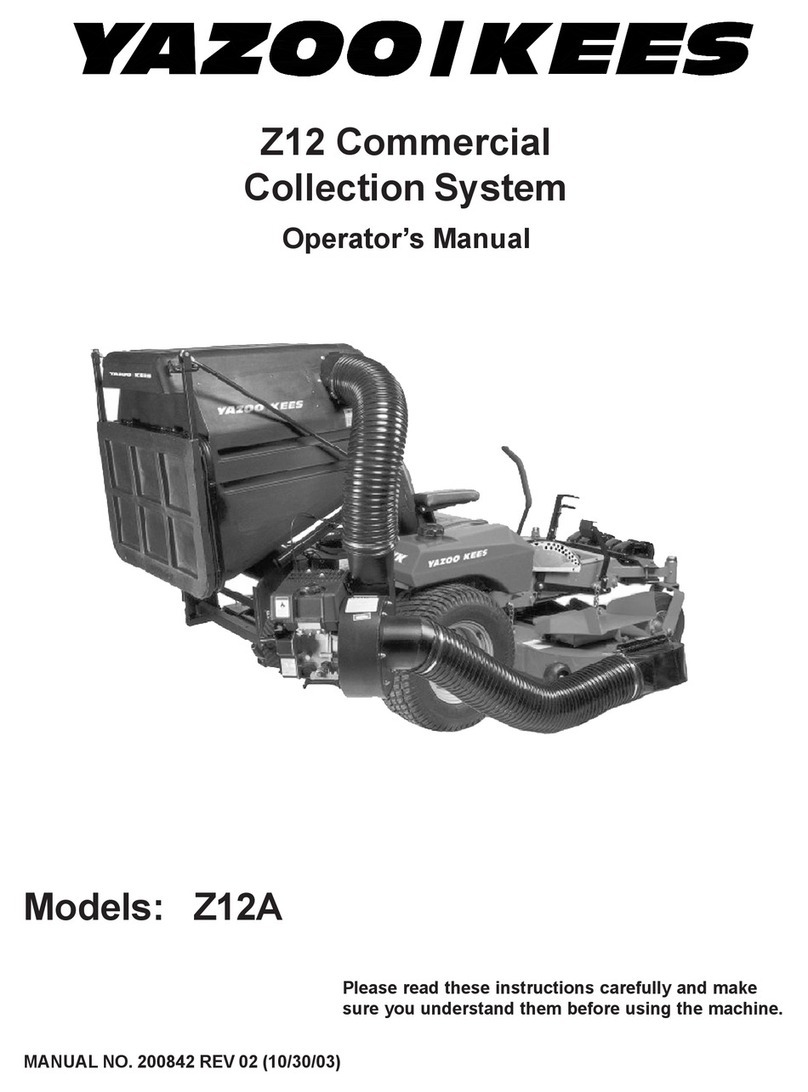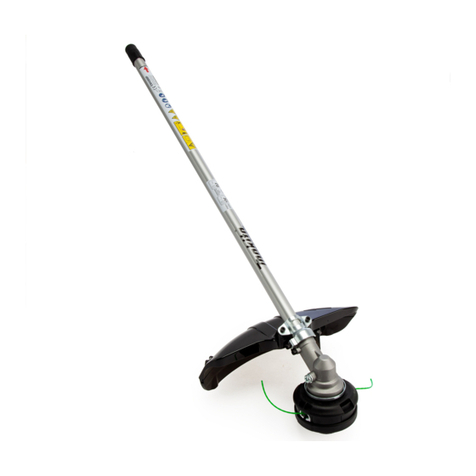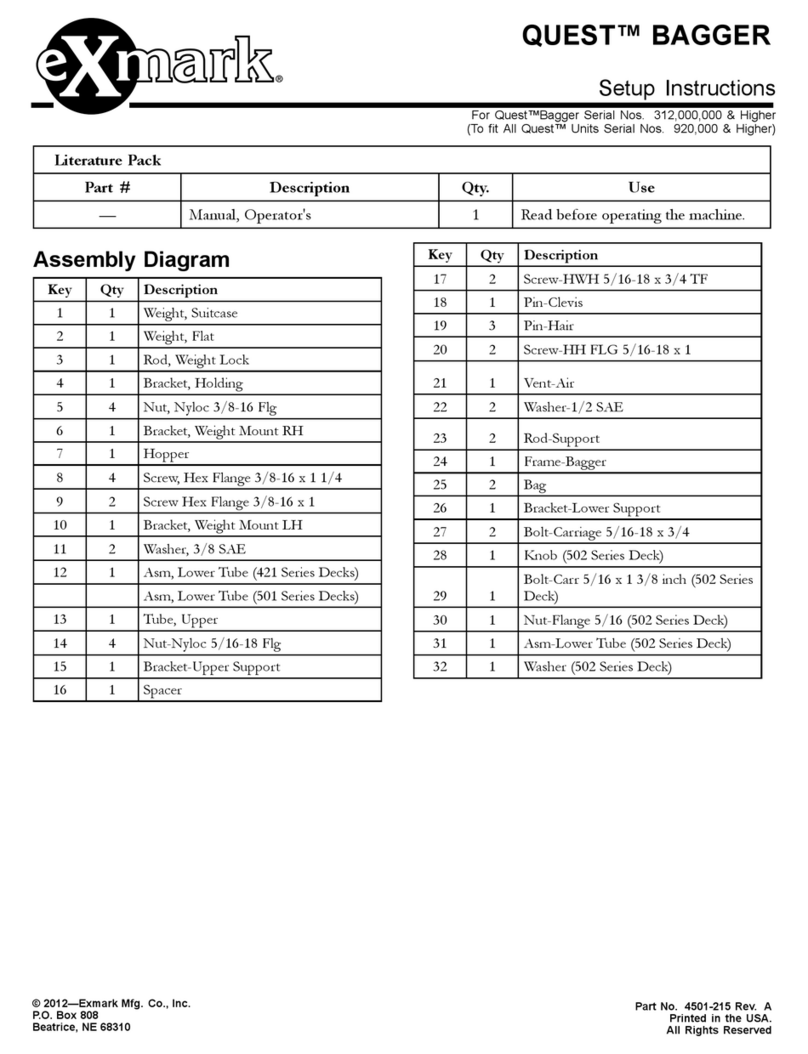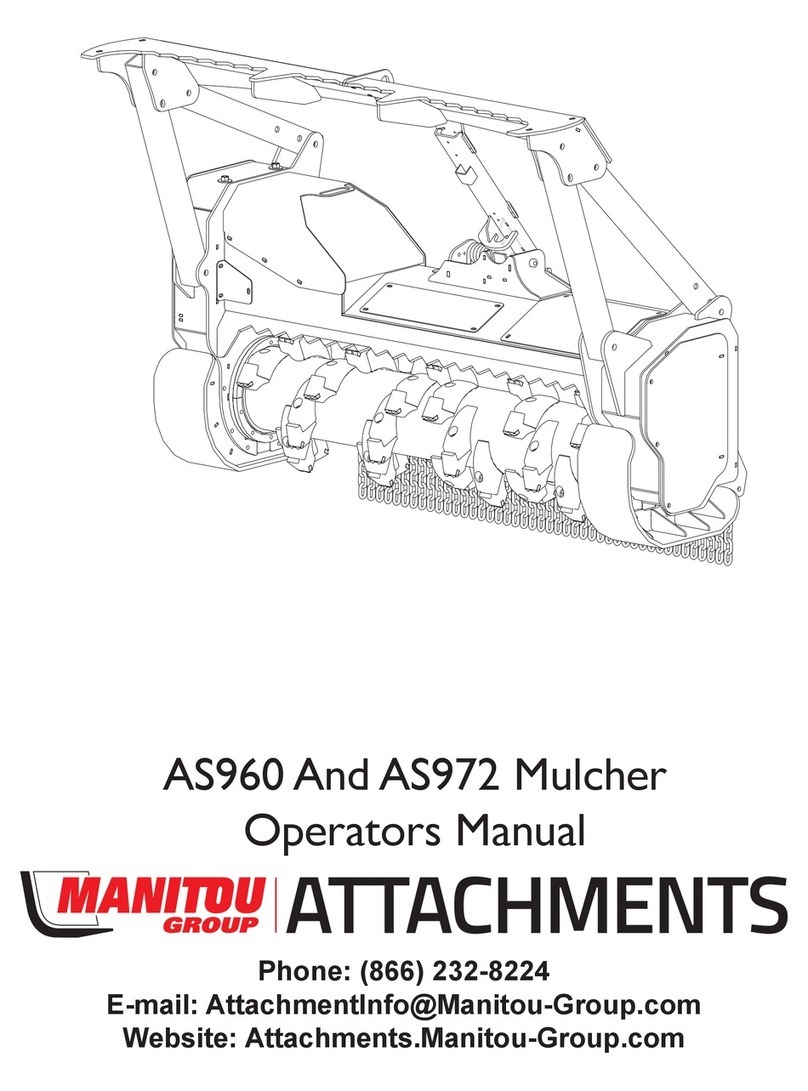
5
Tutti i componenti indicati in figura devono essere correttamente montati, e in particolare la lamiera di protezione, l’insieme del
filtro-aria, il carter metallico esterno.
Seguendo le istruzioni di Fig. 4, gli azionatori di comando vanno collocati e adeguatamente fissati ad agevole portata di manovra
e non esposti a sollecitazioni meccaniche e vibrazioni.
Verifica di efficienza e funzionalità
Dopo il montaggio occorre verificare che non si producano infiltrazioni d’acqua, che corpi estranei non si trovino nel
gruppo-ventola, e che la rotazione della ventola sia completamente libera.
4.2 COLLEGAMENTI ELETTRICI E ALLACCIAMENTO ALL’IMPIANTO
Queste operazioni sono riservate a personale professionale in possesso di solide competenze di elettrauto o elettricista.
Vedi par. 1.3 .
Il Tipo dell’apparecchio deve corrispondere alla tensione di batteria dell’impianto del veicolo (12V o 24V) secondo il par. 2.2 . Il
Tipo è riportato tra l’altro in etichetta sulla confezione e sul gruppo-ventola (motore).
I collegamenti elèttrici devono essere effettuati prima tra il gruppo-ventola e gli azionatori di comando, e poi tra l’invertitore I e il
circùito di batteria del veicolo. Seguire lo schema di collegamento riportato in Fig. 2 e Fig. 4, con le seguenti prescrizioni:
-Impiegare conduttori unifilari in rame isolati e cordati, con sezione come indicato in figura.
-Il collegamento ai conduttori uscenti dal gruppo-ventola (con estremità spelata e nuda) va eseguito con connettore adatto per
uso veicolare e per la sezione dei conduttori. Il tipo di collegamento deve prevenire il contatto tra i conduttori tra loro e tra i
conduttori e la massa elettrica dell’impianto o altri circùiti e parti attive.
-Il collegamento ai dispositivi di azionamento (invertitore I e commutatore C) va effettuato tramite connettori femmina a
lama ad aggraffare di tipo «faston», adatti per le linguette presenti sui dispositivi.
-I conduttori devono essere assicurati alle parti fisse con fascette o con mezzi durevoli equivalenti.
-È proibito l’impiego del nastro isolante/adesivo per garantire l’isolamento o l’assicurazione meccanica. È proibito l’impiego,
anche in via ausiliaria, della brasatura o saldatura. È obbligatorio l’uso dell’apposito attrezzo per le aggraffature (una
comune pinza non è adeguata).
I terminali degli azionatori sono identificabili per confronto con i contrassegni di Fig. 2, in base alla disposizione geometrica e/o
alle stampigliature leggibili sui componenti medesimi.
L’allacciamento al circùito di batteria deve essere protetto contro le sovracorrenti tramite fusibile con In=15A (alimentazione
12V) o In=8A (alimentazione 24V), posto lato impianto a monte del collegamento all’invertitore I . Dietro valutazione
dell’installatore (vedi dati di assorbimento al par. 2.2), può essere utilizzato un circùito con queste caratteristiche ove già
disponibile in impianto.
Verifica di efficienza e funzionalità
Dopo il cablaggio occorre verificare il corretto funzionamento a tutti i regimi (come descritto al par. 5.1), e in
particolare la corrispondenza tra il senso del flusso d’aria e la posizione dell’invertitore I .
5. MESSA IN SERVIZIO
5.1 DESCRIZIONE DEL FUNZIONAMENTO
Con riferimento alla Fig. 4, l’aeratore si avvia portando il commutatore C in una delle posizioni «1», «2» o «3» corrispondenti a
velocità e portate d’aria progressivamente crescenti, e si arresta portando il commutatore C in posizione «0». In condizioni di
funzionamento il segnalatore luminoso incorporato nel dispositivo azionatore è acceso.
Per dirigere il flusso in aspirazione dall’esterno verso il vano (quale per immissione di aria fresca) occorre porre l’invertitore I in
posizione «II», corrispondente alla parte dell’elemento mobile recante il contrassegno pittografico in posizione rilevata. L’altra
posizione «I» produce invece flusso opposto (quale per espulsione all’esterno di aria viziata).
5.2 DISPOSITIVI DI SICUREZZA
L’accesso alla ventola è impedito sia dall’interno che dall’esterno da una griglia.
Un avviamento involontario in esercizio ordinario non comporta quindi rischi.
In caso di blocco della ventola interviene, un primo dispositivo di protezione interno a termofusibile entro 15 secondi ad evitare
ulteriore surriscaldamento e sovracorrente nel motore, e in caso di persistenza un secondo dispositivo di protezione termica posto
sull’elettromagnete a salvaguardia dei componenti in plastica da surriscaldamento.
Se il circùito dell’aeratore è protetto da fusibile come prescritto al par. 4.2, una errata installazione elettrica ha solo conseguenze
funzionali.
Dopo l’intervento dei suddetti dispositivi di protezione elettrica interno (termofusibile) o esterno (fusibile),
l’apparecchio cessa il funzionamento e si rende necessario ricorrere all’assistenza tecnica secondo il par. 6.2.2 .
6. UTILIZZO DELLA MACCHINA
6.1 CONDUZIONE ORDINARIA E MODALITA’ OPERATIVE
